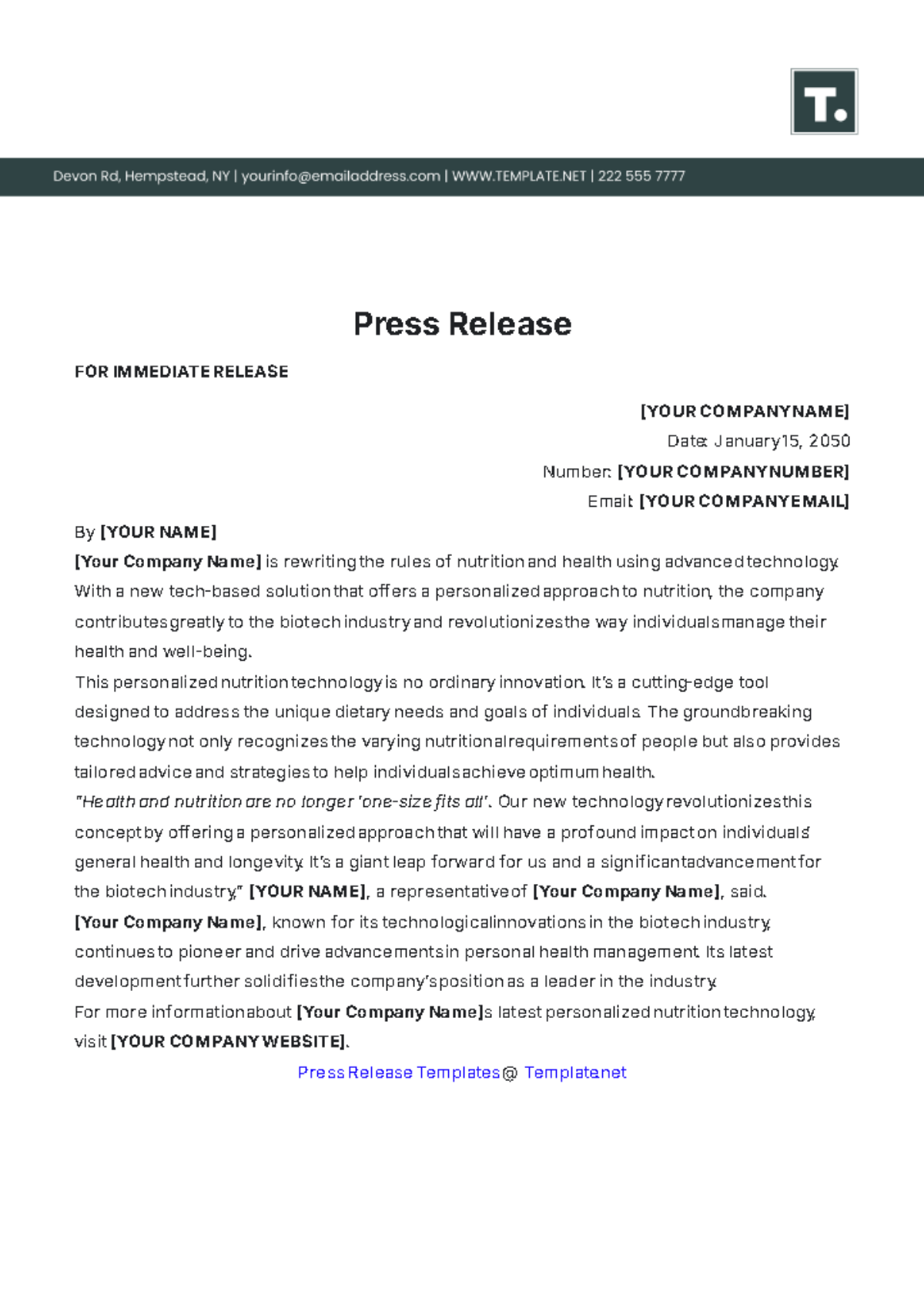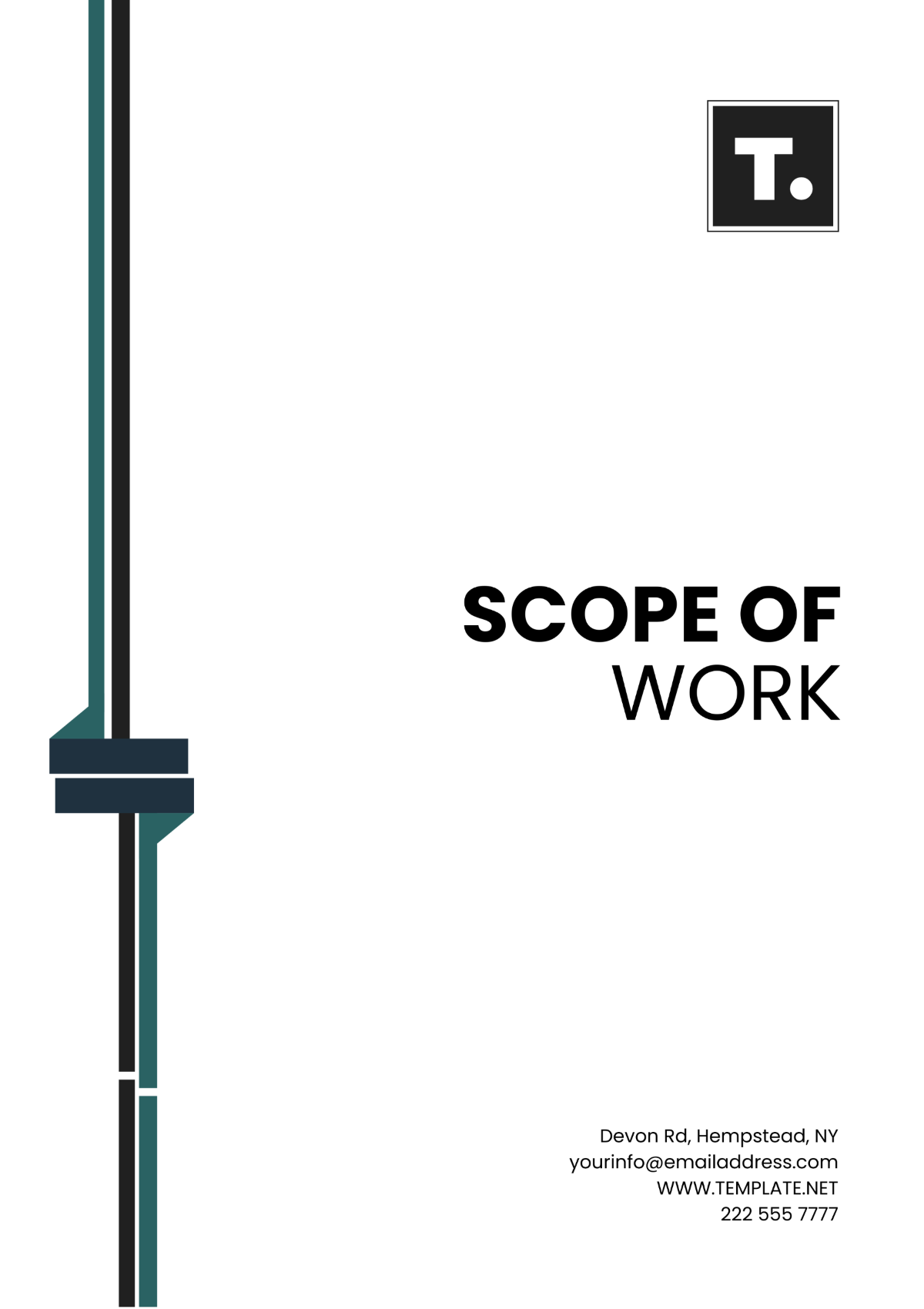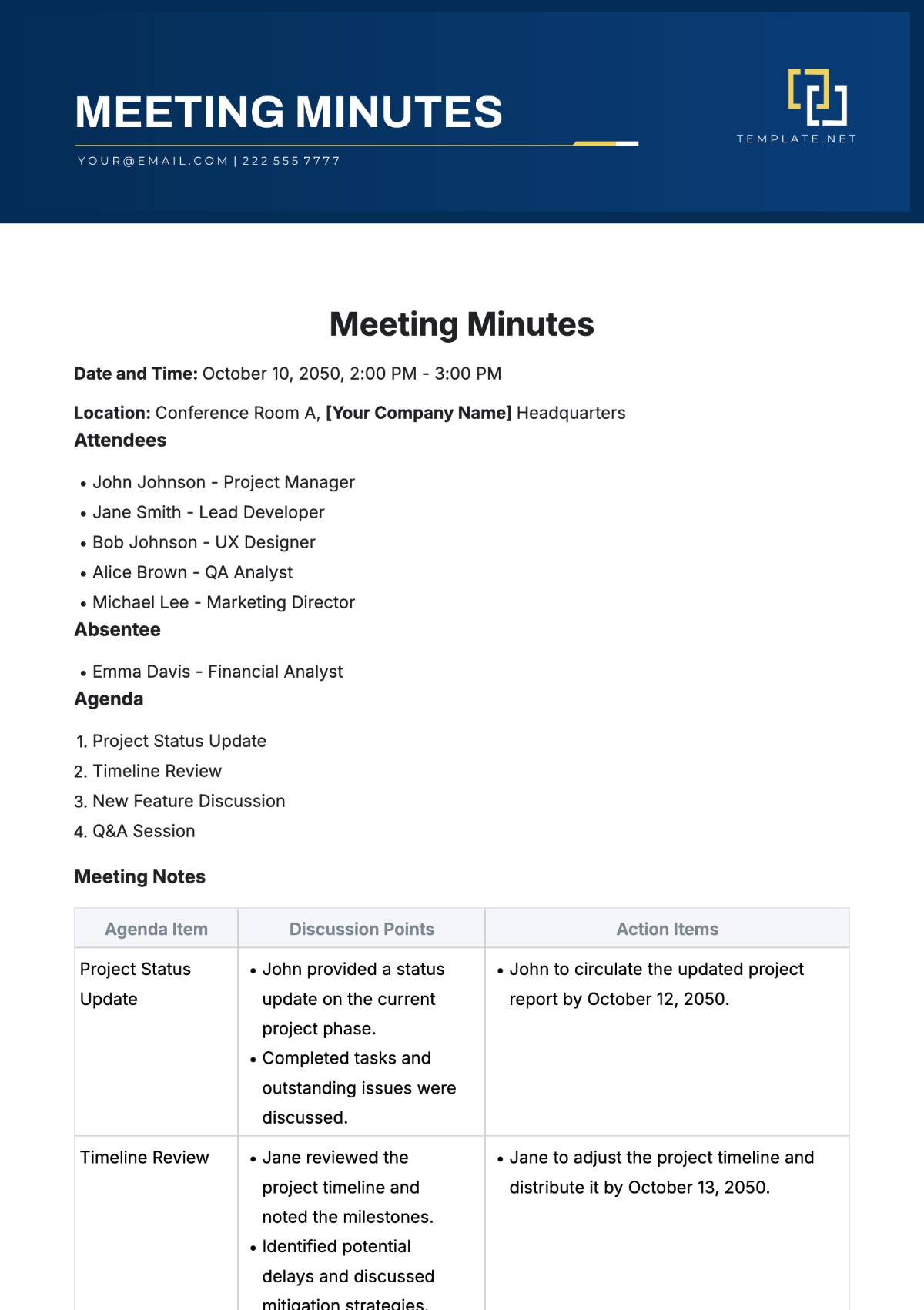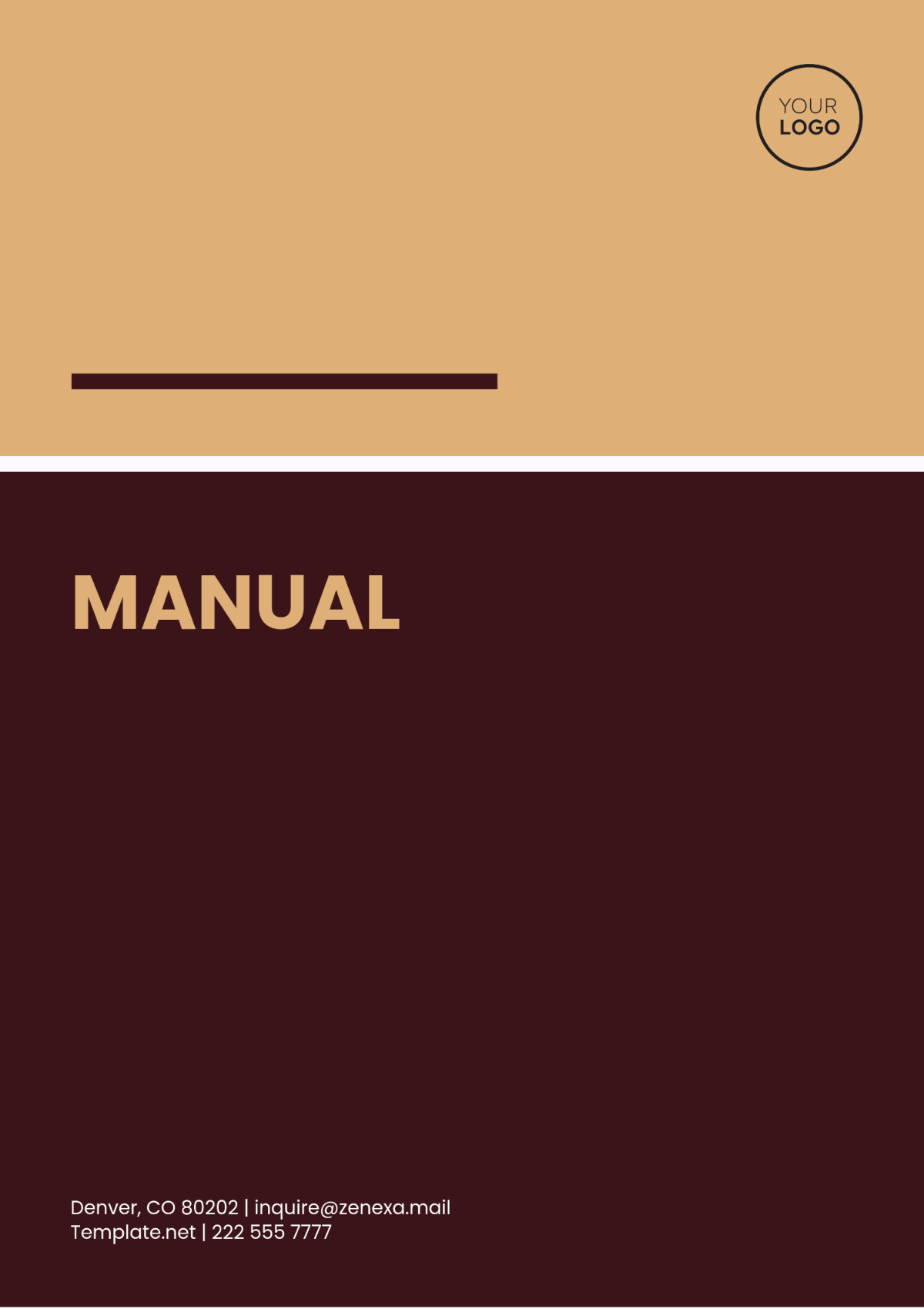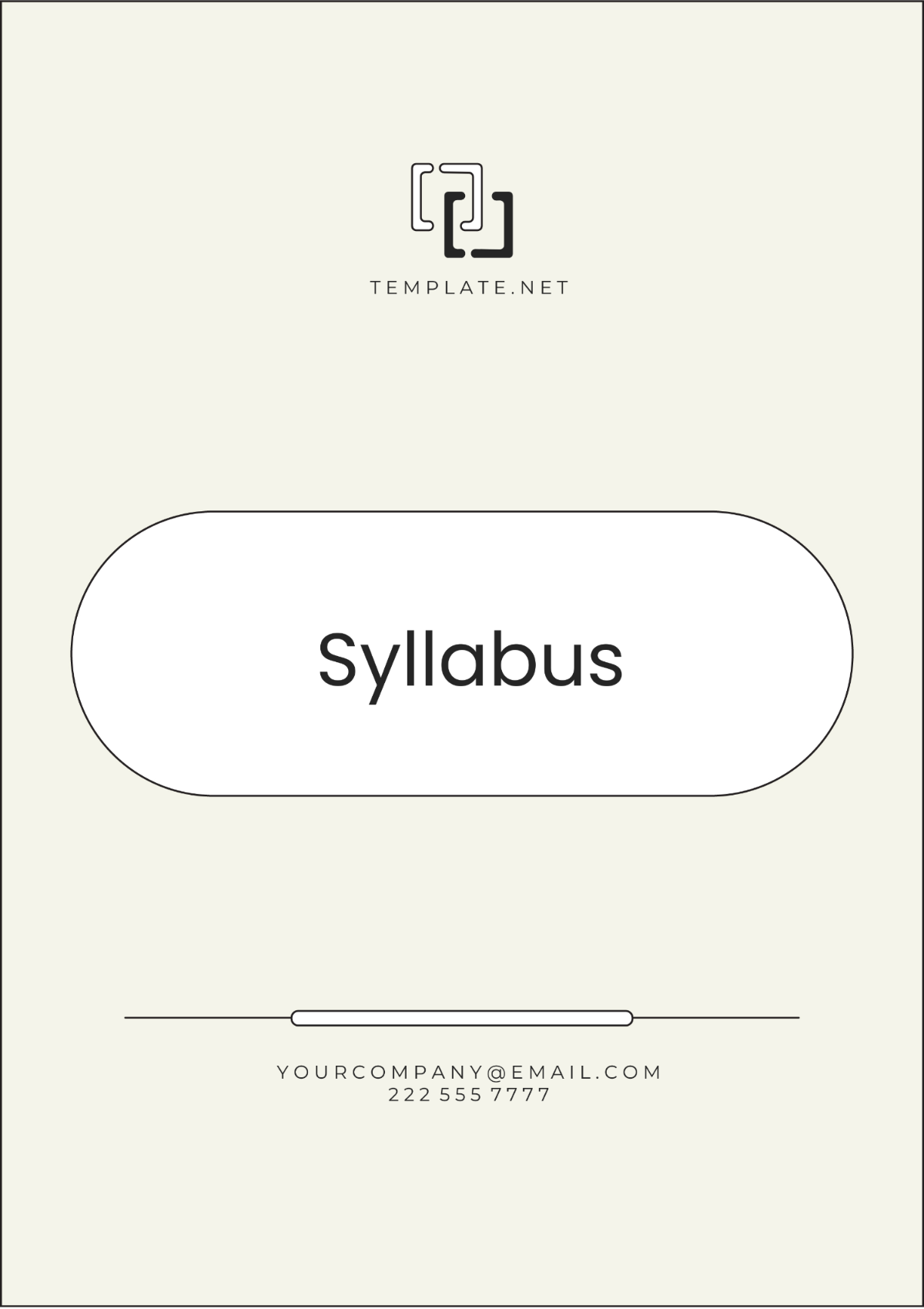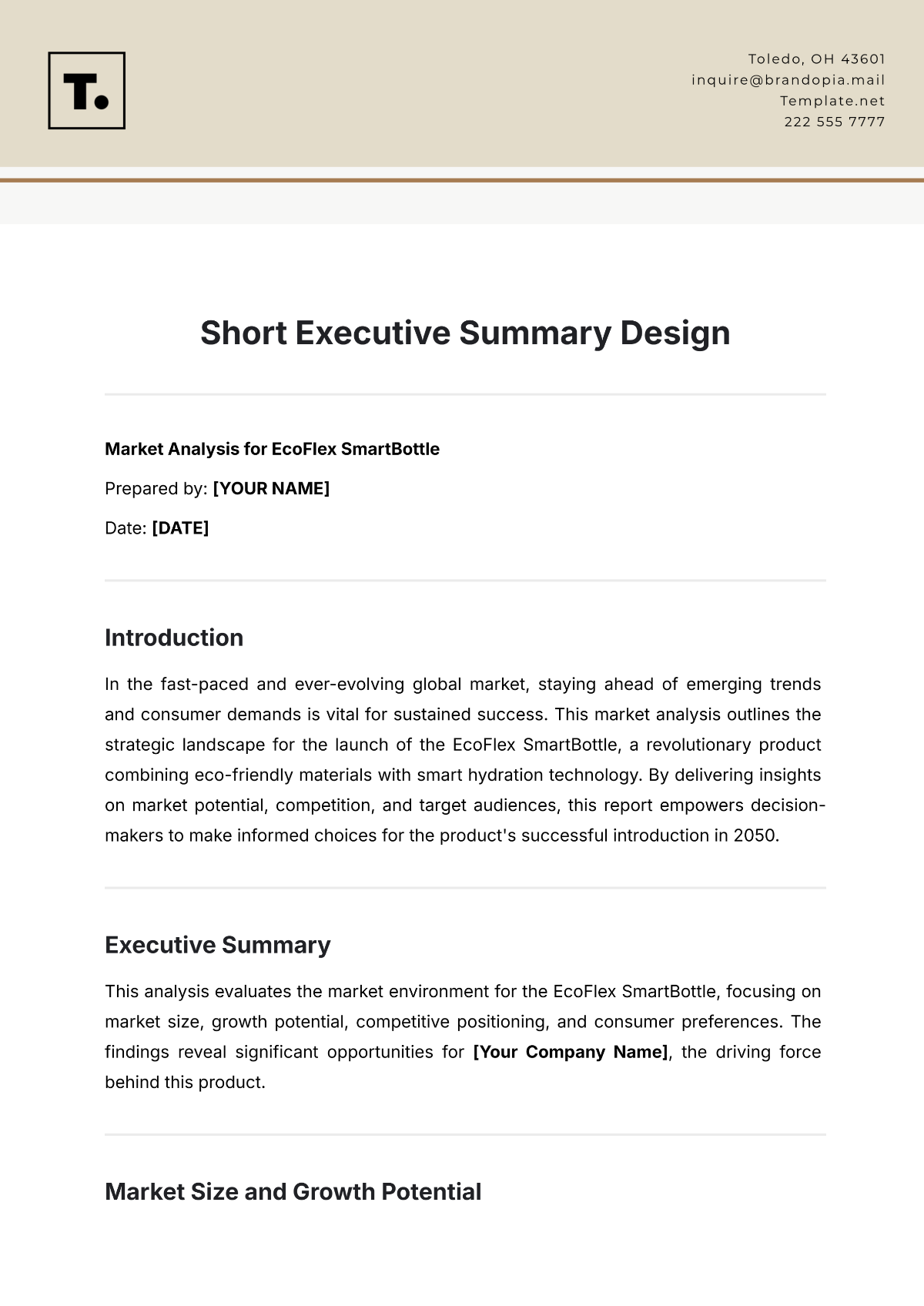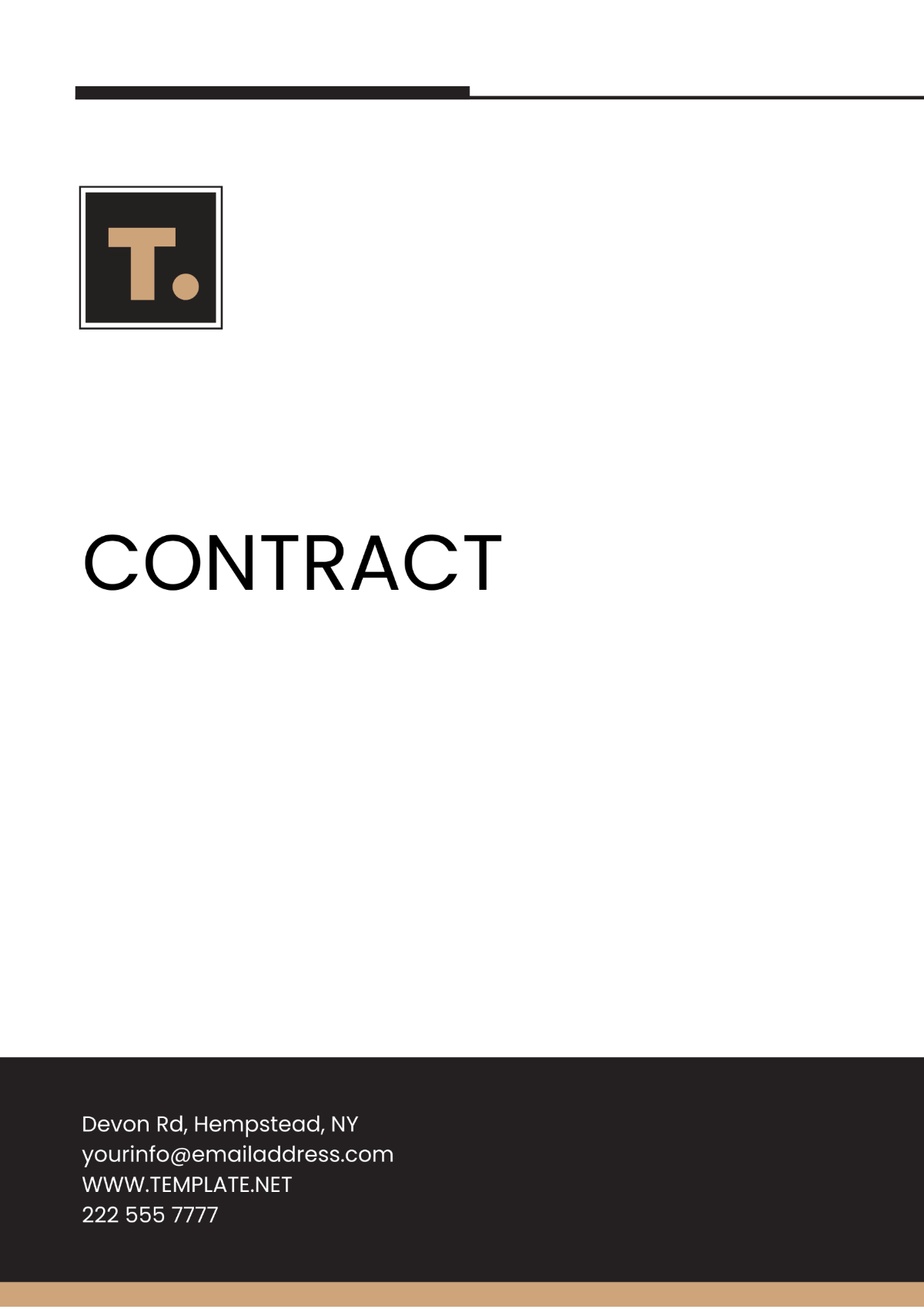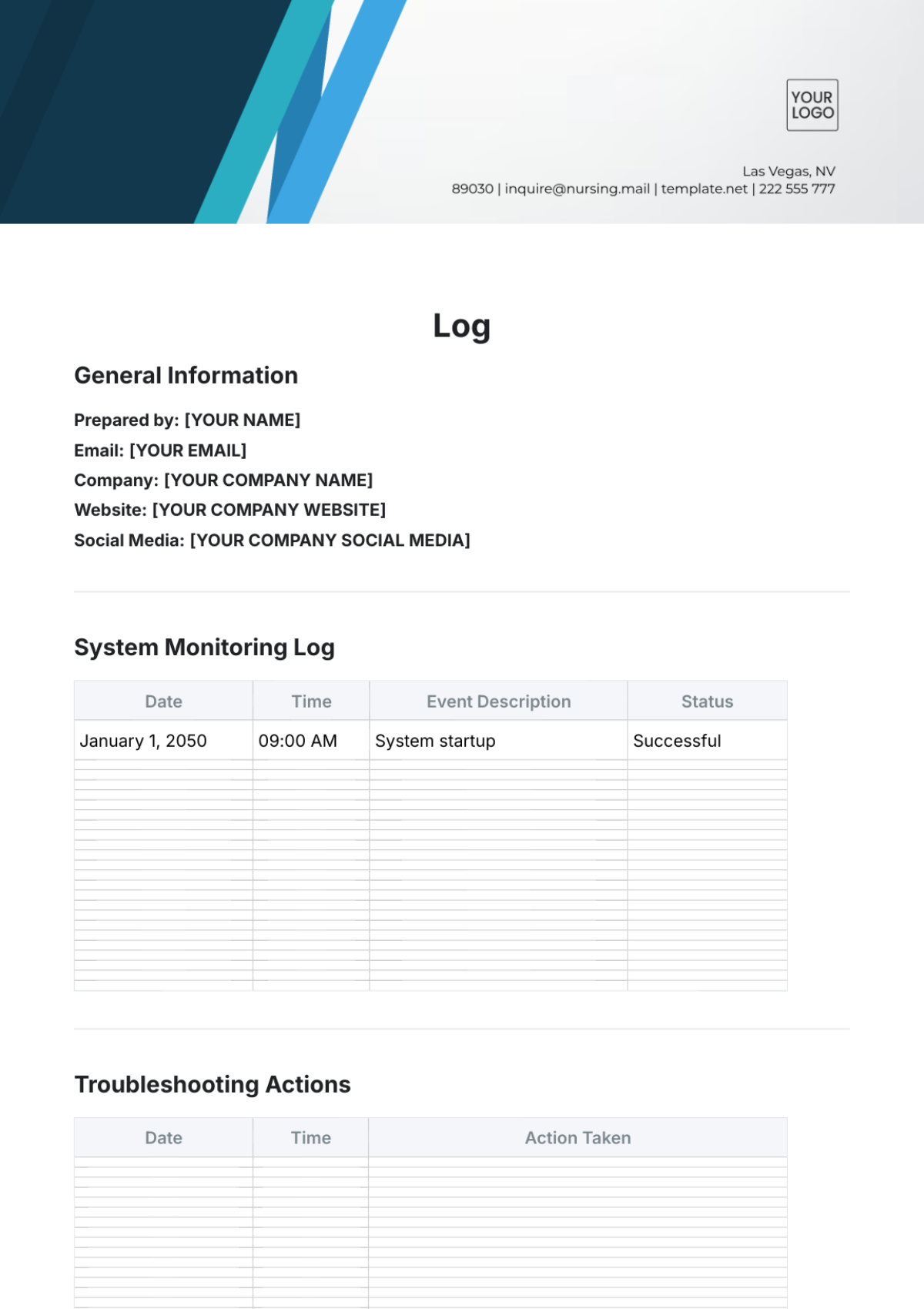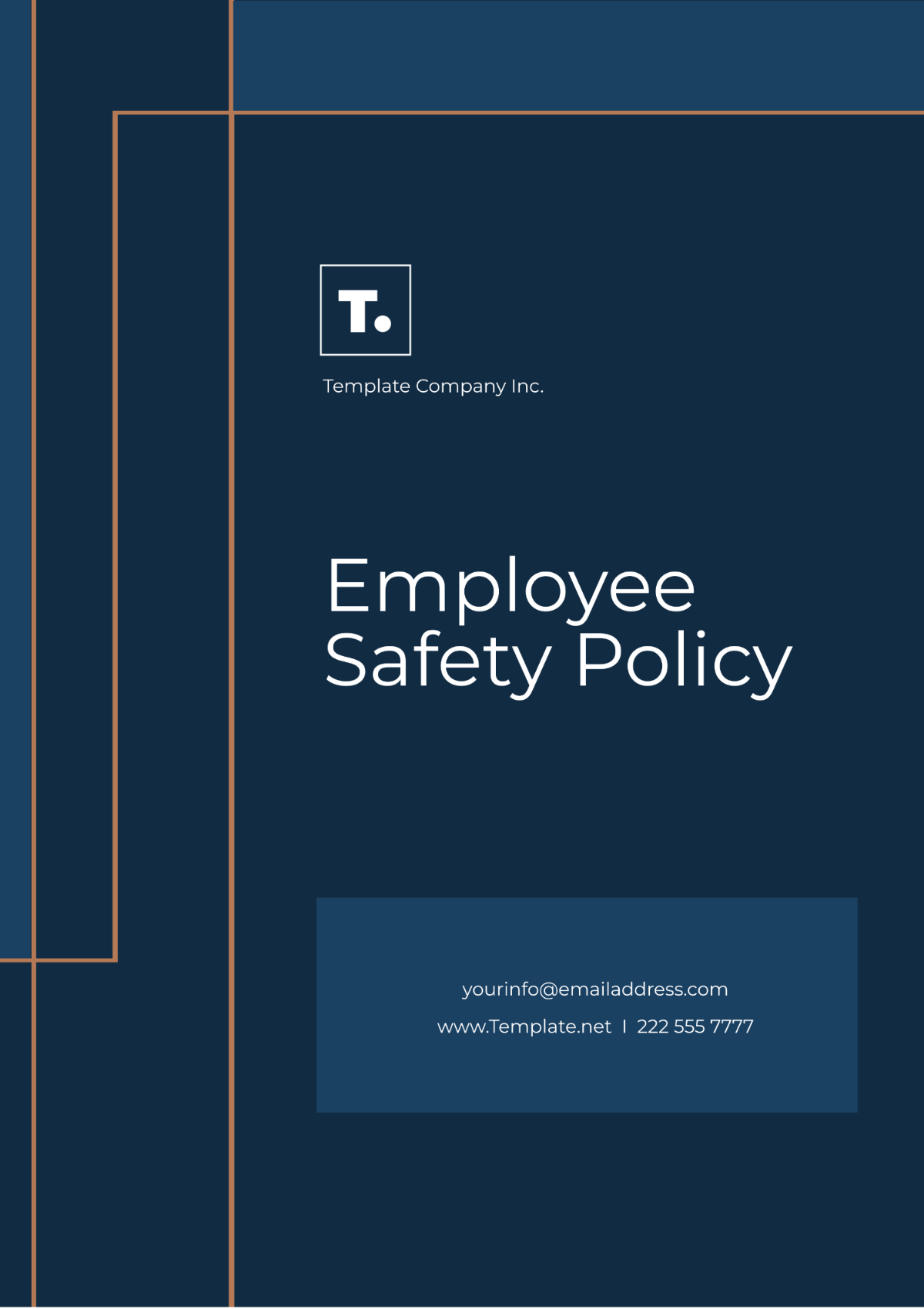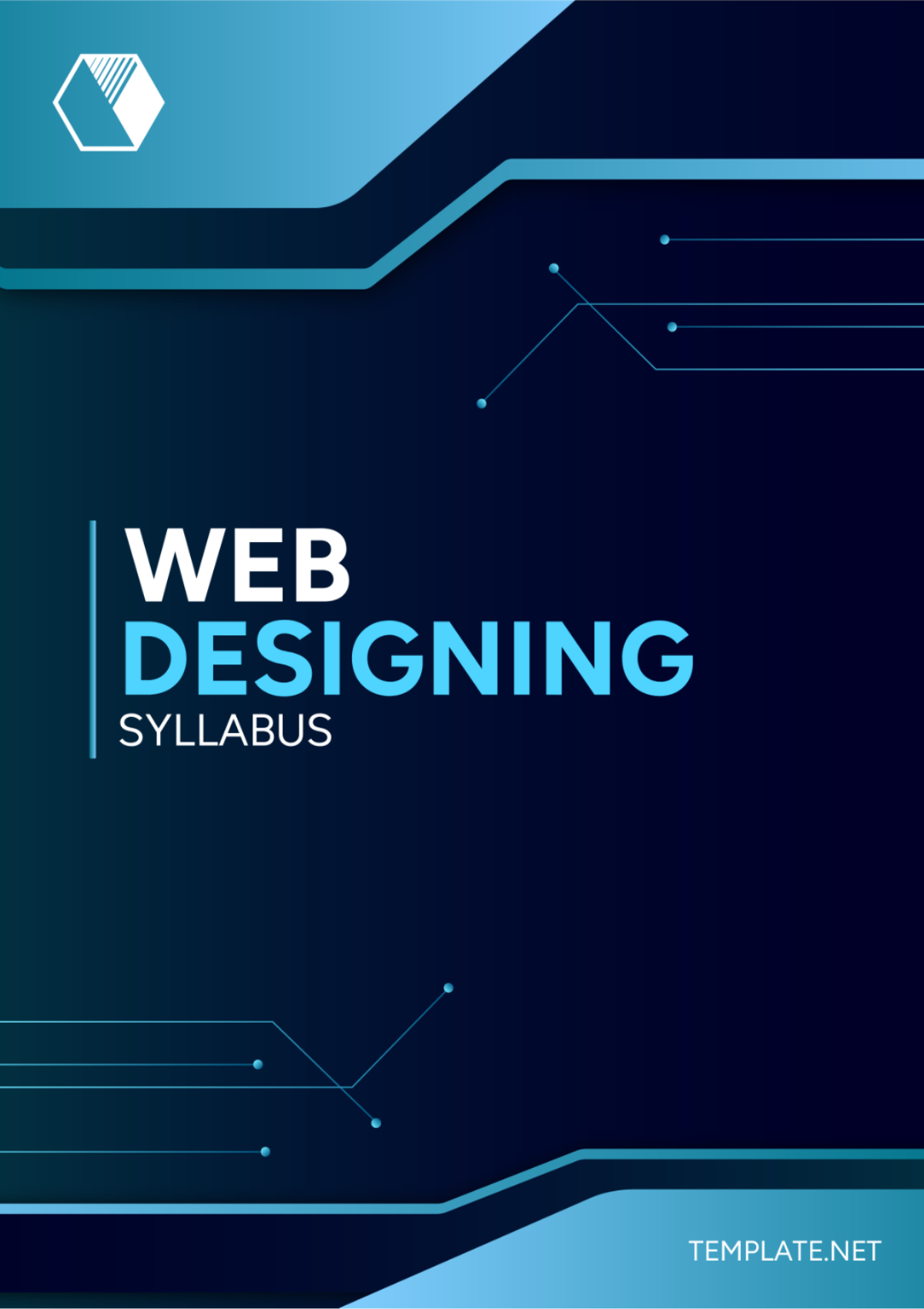I. Introduction
A. Purpose of the Guide
The purpose of this IT Network Security Architecture Design Guide is to provide a comprehensive framework for designing and implementing robust network security architectures. This guide is intended for use by network architects, IT professionals, and security experts to ensure the design aligns with best practices and mitigates potential cybersecurity risks.
B. Scope
This guide covers the fundamental principles, strategies, and operational requirements necessary to construct an effective network security design. It includes detailed sections on network segmentation, access control, threat detection, and incident response.
C. Document Revisions
Version 1.0: [Date]
Reviewed by: [Your Name]
II. Network Security Principles
Network security principles form the foundation of any robust security architecture. These principles ensure that sensitive information is protected, data integrity is maintained, and network services are reliably available. Understanding and implementing these core principles—confidentiality, integrity, and availability—are essential for safeguarding organizational assets against cyber threats.
A. Confidentiality
Confidentiality ensures that sensitive information is only accessible to authorized users. Utilize encryption, access controls, and stringent policies to safeguard confidential data. Techniques to enhance confidentiality include:
Encryption: Use advanced encryption standards (AES) for data at rest and in transit.
Access Controls: Implement strong password policies, multi-factor authentication (MFA), and role-based access controls (RBAC).
Data Masking: Protect sensitive data in non-production environments.
B. Integrity
Integrity guarantees that data remains accurate and unaltered during transit and storage. Employ hashing mechanisms, digital signatures, and checksums to verify data integrity. Methods to ensure integrity include:
Hashing Algorithms: Use SHA-256 or higher for data verification.
Digital Signatures: Implement public key infrastructure (PKI) to validate the authenticity of data.
Checksums: Regularly compute and compare checksums to detect data corruption.
C. Availability
Availability ensures that network services and resources are accessible to authorized users when needed. Implement redundancy, failover mechanisms, and regular maintenance to maintain high availability. Strategies for ensuring availability include:
Redundancy: Deploy redundant hardware and network paths.
Failover Mechanisms: Use automatic failover systems to switch to backup resources.
Maintenance: Conduct regular system maintenance and updates.
III. Network Security Design Components
Effective network security design involves various components that work together to protect the network from potential threats. This chapter outlines key design elements such as network segmentation, access control, and threat detection mechanisms. Each component plays a crucial role in creating a secure network environment by preventing unauthorized access and detecting malicious activities.
A. Network Segmentation
Network segmentation divides a network into smaller, isolated subnetworks to enhance security.
Benefits:
Limits access to sensitive data.
Reduces the risk of widespread attacks.
Simplifies monitoring and management.
Types of Segmentation:
Physical Segmentation: Uses separate hardware for different network segments.
Logical Segmentation (VLANs): Uses virtual LANs to segment the network without additional hardware.
Type | Description | Use Cases |
|---|---|---|
Physical | Separate hardware for each segment | High-security environments |
Logical (VLANs) | Virtual separation using network devices | Flexible, cost-effective segmentation |
B. Access Control
Access control strategies define how users and systems gain access to network resources.
Types:
Role-Based Access Control (RBAC): Access based on user roles within the organization.
Attribute-Based Access Control (ABAC): Access based on user attributes and environmental conditions.
Multi-Factor Authentication (MFA): Requires multiple forms of verification.
Components:
Authentication: Verifying user identity (e.g., passwords, biometrics).
Authorization: Granting or denying access to resources based on policies.
Access Control Type | Description | Components |
|---|---|---|
RBAC | Access based on roles | Roles, permissions, role hierarchy |
ABAC | Access based on attributes | Attributes, policies, conditions |
MFA | Requires multiple forms of authentication | Password, OTP, biometrics |
C. Threat Detection
Implementing threat detection mechanisms helps identify and respond to potential security incidents.
Technologies:
Intrusion Detection Systems (IDS): Monitors network traffic for suspicious activity.
Intrusion Prevention Systems (IPS): Detects and prevents identified threats.
Security Information and Event Management (SIEM): Collects and analyzes security data from various sources.
Technology | Function | Examples |
|---|---|---|
IDS | Monitors for suspicious activity | Snort, Bro |
IPS | Detects and prevents threats | Cisco IPS, Palo Alto Networks IPS |
SIEM | Collects and analyzes security information | Splunk, IBM QRadar |
IV. Security Policies and Procedures
Security policies and procedures provide a structured approach to managing and protecting an organization's information assets. This chapter details the development of a comprehensive security policy framework and the establishment of an incident response plan. Implementing these policies and procedures ensures that the organization is prepared to handle security incidents efficiently and effectively.
A. Security Policy Framework
Develop a comprehensive security policy framework that defines the security standards, practices, and responsibilities within an organization.
Components:
Acceptable Use Policy (AUP): Defines acceptable activities for network users.
Access Control Policy (ACP): Specifies who can access what resources and under what conditions.
Incident Response Policy (IRP): Outlines procedures for responding to security incidents.
B. Incident Response Plan
An incident response plan outlines procedures for detecting, responding to, and recovering from security incidents.
Steps:
Preparation: Establish and train an incident response team, and define communication protocols.
Detection and Analysis: Identify and analyze security incidents using monitoring tools.
Containment, Eradication, and Recovery: Limit the spread of the incident, remove the threat, and restore systems.
Post-Incident Activity: Conduct a post-mortem analysis to identify lessons learned and improve future responses.
Step | Description |
|---|---|
Preparation | Establish IR team, define communication protocols |
Detection and Analysis | Identify and analyze incidents |
Containment, Eradication, Recovery | Limit spread, remove threat, restore systems |
Post-Incident Activity | Conduct post-mortem, improve future responses |
V. Implementation and Maintenance
The successful implementation and ongoing maintenance of a network security architecture are critical to sustaining a secure environment. This chapter presents a checklist for implementing security measures and emphasizes the importance of continuous monitoring and improvement. Regular audits, vulnerability assessments, and penetration testing are key activities to ensure the security architecture remains robust and adaptive to emerging threats.
A. Implementation Checklist
Conduct risk assessment
Design network architecture
Implement access controls
Deploy threat detection systems
Develop and enforce security policies
B. Continuous Monitoring and Improvement
Implement a continuous monitoring strategy to regularly review and improve the security architecture.
Activities:
Regular Audits: Conduct periodic security audits to identify and address vulnerabilities.
Vulnerability Assessments: Regularly assess the network for potential weaknesses.
Penetration Testing: Simulate attacks to test the effectiveness of security measures.
Activity | Description |
|---|---|
Regular Audits | Periodic security audits to identify risks |
Vulnerability Assessments | Regularly assess network weaknesses |
Penetration Testing | Simulate attacks to test security measures |
VI. Conclusion
This IT Network Security Architecture Design Guide provides the essential elements needed to construct a secure and resilient network infrastructure. By following the principles, strategies, and best practices outlined in this guide, organizations can effectively mitigate risks and protect their critical assets.
For further information or support, please contact [Your Name] at [Your Email] or visit our website at [Your Company Website].
Prepared by: [Your Name] (Network Security Architect)
Company: [Your Company Name]
Date:








